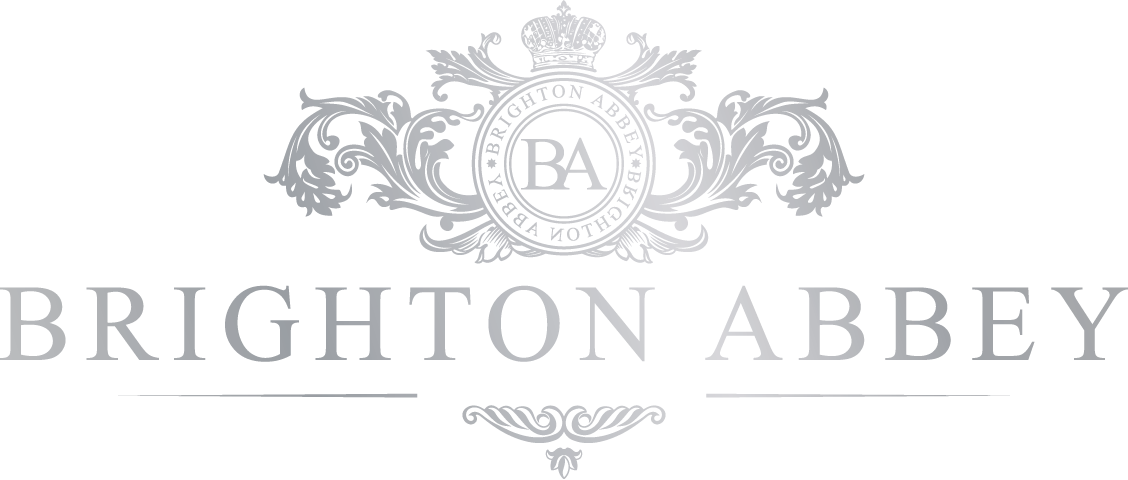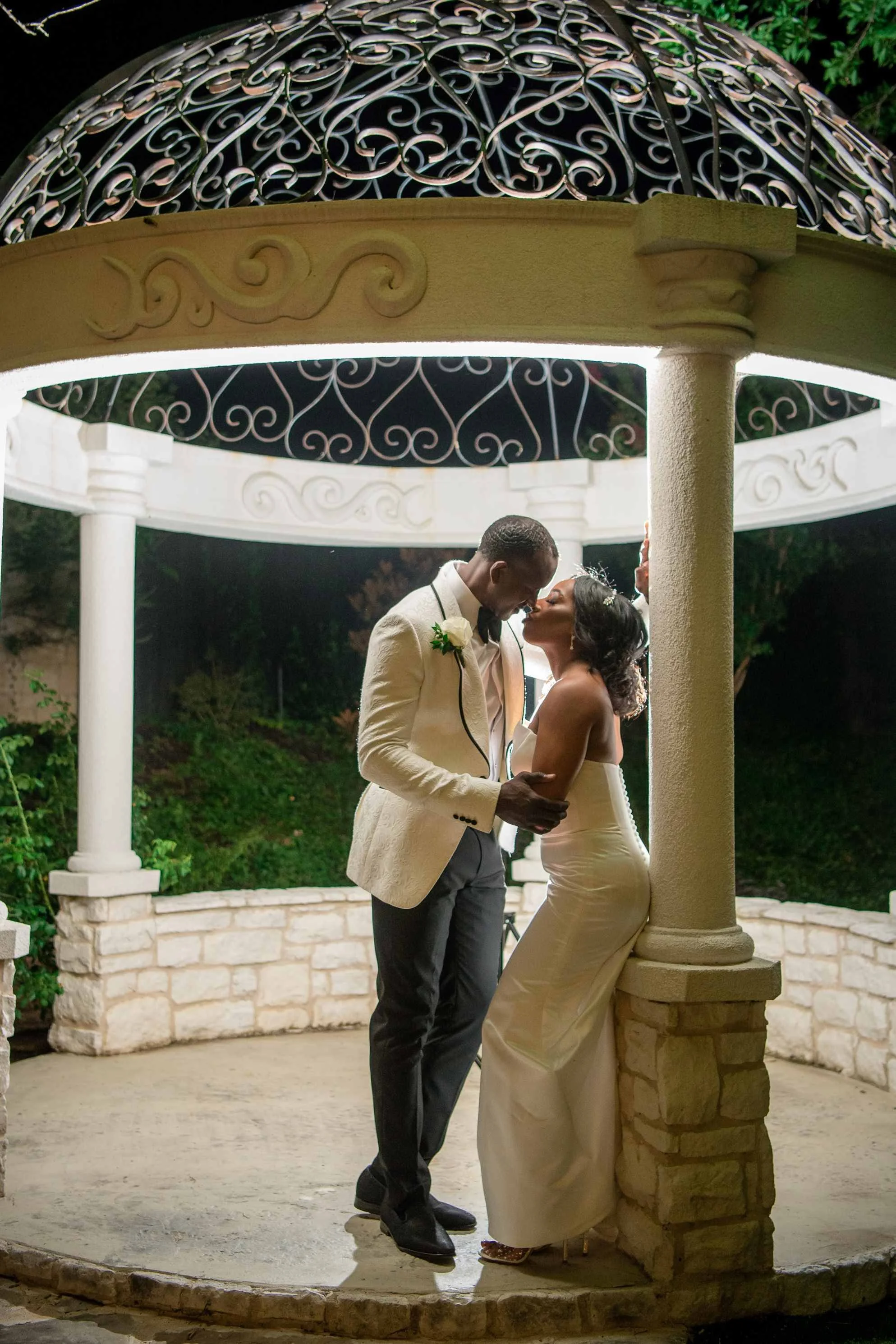What is golden hour?
In the context of photography, the term "golden hour" refers to a specific period of time shortly after sunrise or before sunset, when the quality of natural light is particularly soft, warm, and diffused. The name "golden hour" comes from the warm golden tones that this type of light often imparts to the scene.
During the golden hour, the sun is positioned lower in the sky, which results in longer and softer shadows, as well as a warmer color temperature. The light during this time is generally considered to be more flattering and aesthetically pleasing, with gentle, directional illumination that adds depth, texture, and dimension to the photographs.
For wedding photographers, the golden hour holds great significance due to the exceptional qualities of light it offers. Here are a few reasons why it is often considered an important aspect of the photography timeline during a wedding:
1. Soft and Flattering Light: The golden hour light is softer and more diffused compared to harsh midday sun or artificial lighting. This softness reduces the appearance of harsh shadows, minimizes skin imperfections, and creates a pleasing glow on subjects, resulting in more flattering portraits.
2. Warm and Romantic Atmosphere: The warm golden tones of the light during the golden hour create a romantic and enchanting atmosphere. It adds a touch of warmth, enhances the overall mood, and can make your wedding photos feel more intimate and magical.
3. Dramatic Landscapes: If your wedding venue has beautiful outdoor landscapes or scenic backdrops, capturing them during the golden hour can be particularly captivating. The low angle of the sun can cast long shadows, bring out texture and details in the surroundings, and create a sense of depth and drama in the images.
4. Creative Opportunities: The golden hour provides photographers with ample creative opportunities. The unique quality of light allows for interesting compositions, lens flares, silhouettes, and backlit shots that can add artistic flair and evoke emotions in the wedding photos.
5. Time Flexibility: The duration of the golden hour varies depending on the time of year and geographical location. However, it typically lasts around one hour, providing a decent timeframe to capture various shots during this magical lighting period. It allows photographers to plan and prioritize certain shots, including couple portraits, group photos, or intimate moments, without feeling rushed.
It's worth noting that while the golden hour offers stunning lighting conditions, it's not always feasible to schedule the entire wedding day around this specific time. Wedding ceremonies, receptions, and other logistical considerations might dictate different timelines. Nonetheless, if possible, photographers often aim to utilize the golden hour to create breathtaking and visually pleasing images that will be cherished by couples for years to come.




